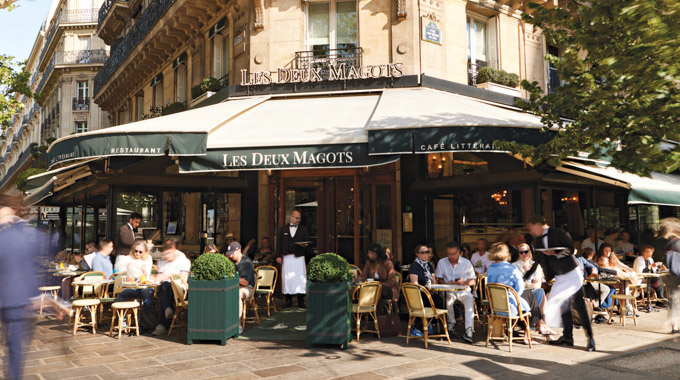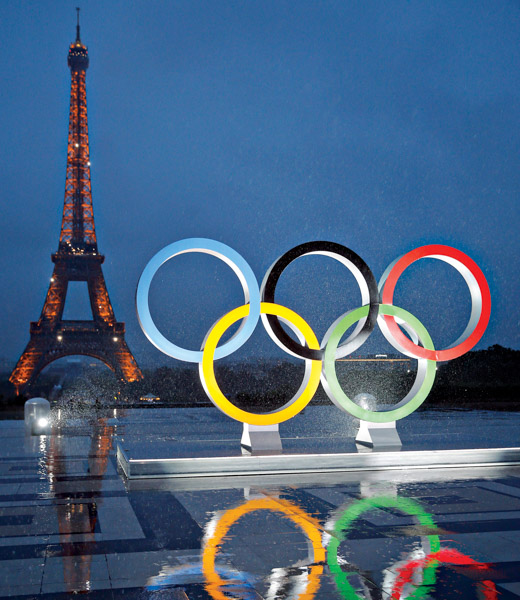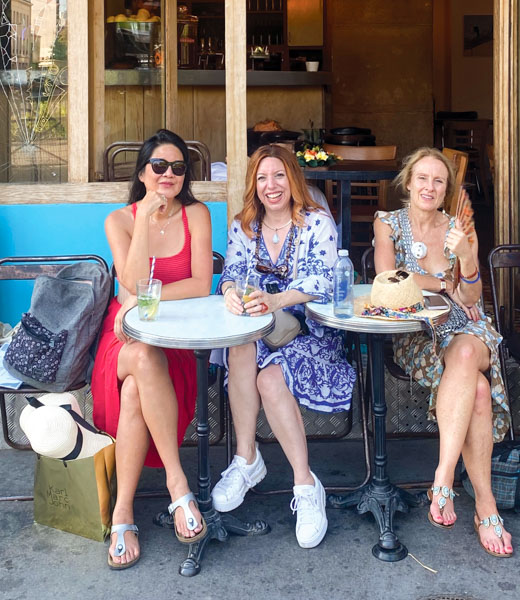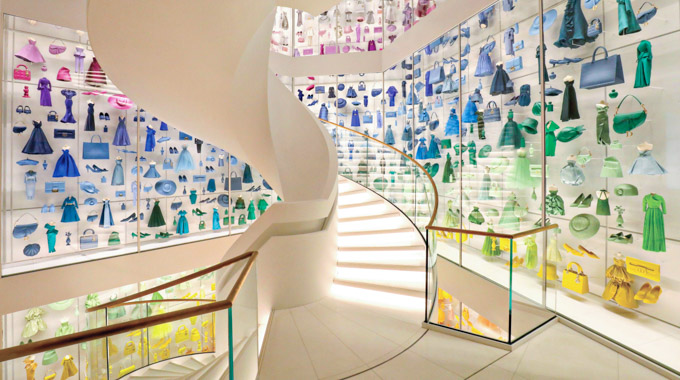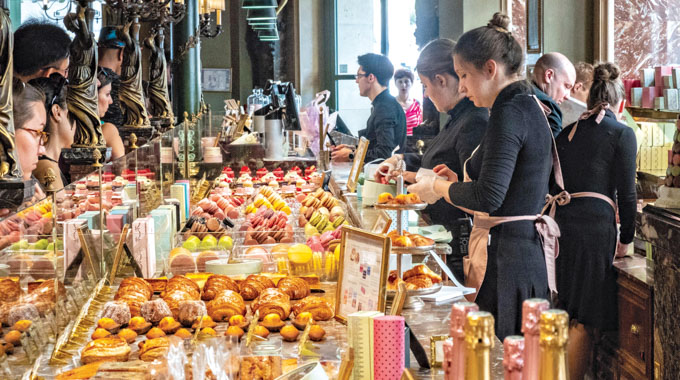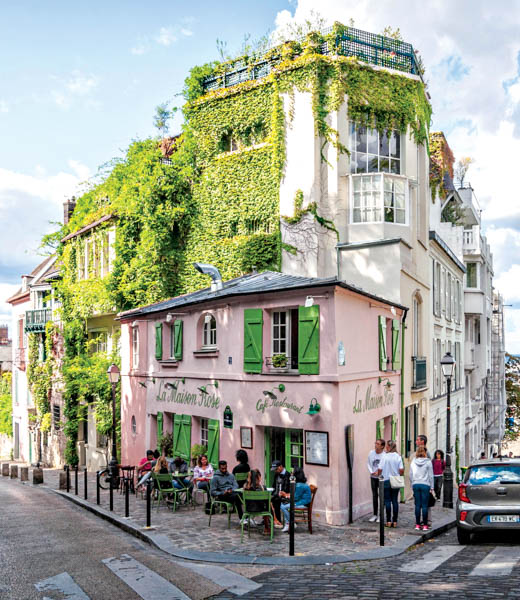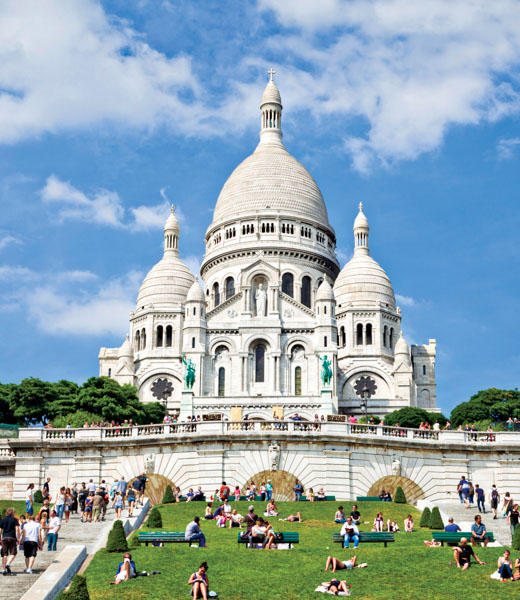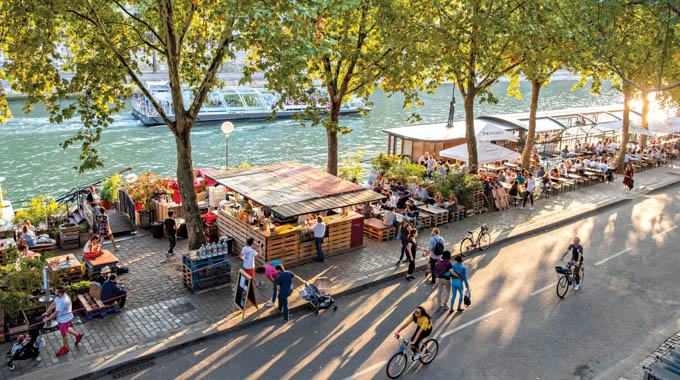It had been decades since my first visit, but the café Les Deux Magots was just as I had remembered: all the tables and wicker chairs facing out onto the boulevard, as if waiting for a parade. Not a single Kir Royale imbiber or Gauloises smoker wanted to miss the stream of life passing by, not a second of it. It hardly mattered that the late-summer sky threatened to storm. We were here for it all. Even the deluge.
A boy-faced maître d’ dressed in a suit grabbed 3 menus and waved me over. “Mademoiselle, which table do you prefer? Pour toi, anywhere.”
“Hmmm, which is best?” I asked, lifting my shades onto my head and scanning the crowd of amazing-looking French people—jewel-toned eyes, strong noses, goatees, good shoes.
“Eh bien, each one, it is a seat for the theater of happiness, no?” With that, he placed me front and center. Handing me a menu, he smiled and winked. I glanced up at him—with his tie askew and his golden floppy hair, he looked about 21, my daughter’s age. Mais, did it matter, really?
“Merci, it’s absolument parfait,” I replied in my best Franglish, and winked back. Because, when in Paris …
I had first sat at one of these tables when I was 20 and a Cambridge exchange student, counting out francs from my backpack pocket until I had enough for a café crème. Who could resist being part of this?
It was legend that Ernest Hemingway wrote several chapters of The Sun Also Rises on the café’s second floor. Pablo Picasso met his muse Dora Maar here, finding her irresistible after she plunged a knife into their café table, right between his fingers. The Doors’ Jim Morrison idled on this terrace, downing caffè Americanos (though not beer—he was in Paris detoxing).


